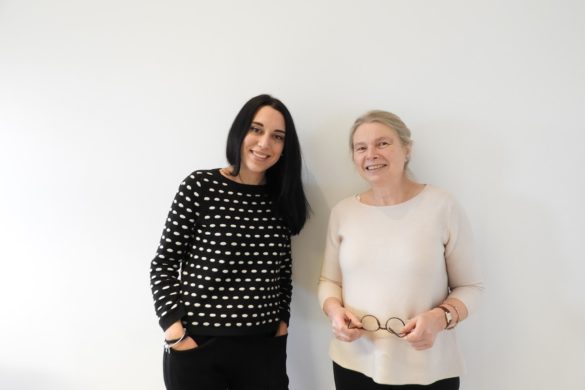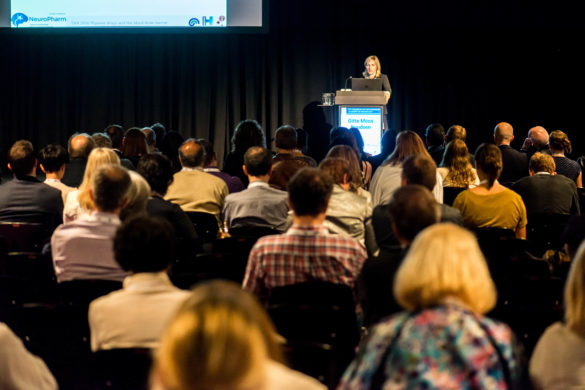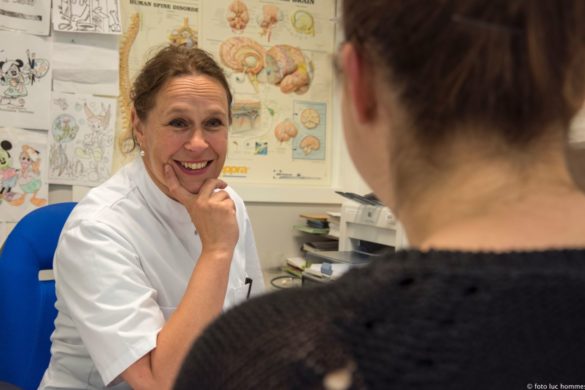by Viktoria Papp
This Special Timezone Session on the Burden of neurological disorders in South America, in cooperation with the Brazlian Academy of Neurology, presented how neurological care can vary between different geographic areas. Besides differences caused by weaknesses in local healthcare systems, the session also provided a nice summary of other factors leading to different considerations in diagnosis and treatment management of neurological conditions in Latin America. Different risk factors, disease causes, and treatment options may be present in different geographic areas.
Prof. Francisco Cardoso showed the latest epidemiological study results on Parkinson’s disease and Huntington’s chorea. The incidence and prevalence of Parkinson’s disease is increasing in this region while Huntington’s disease shows a heterogeneous distribution. Possible explanations of these results were discussed.
Prof. Fernando Cendes summarised the opportunities and challenges in the diagnosis and treatment of epilepsy in low income countries and highlighted the emerging need to reduce the gap between the need and the current possibilities. He presented epidemiological data showing a high incidence and prevalence of epilepsy in Latin America. Epilepsy is frequently likened to neuroinfection in this geographic area. He presented the need for the education of both patients and doctors in order to improve the treatment management in Latin America where primary healthcare has a massive role.
Dr. Augusto Cesar De Oliveira gave an overview of infections with neurological complications that are frequently seen in Latin America and may result in significant burden, such as HIV, Covid-19, zika, chikungunya and HTLV infection.
Prof. Sheila Martins talked about stroke in South America. She presented several initiatives and programmes that are set up to improve stroke prevention, treat risk factors and provide education for better stroke care. Stroke is one of the most deadly diseases and about 10% of stroke patients in this geographic area are under the age of 45.









